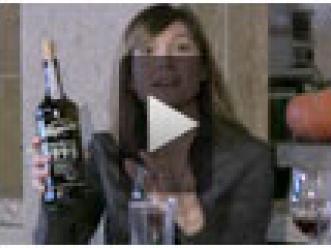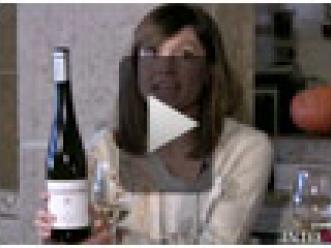IntoWine.com asked our panel of wine experts their recommendation for one Barolo wine worth seeking out (but which won't break the bank): Old Barolos are my favorite dry reds in the world . The Nebbiolo grape--grown in this particular region with its special soils, climate, elevations and exposures, and made in the traditional style, with long aging in large neutral oak vessels--produces a wine that ages into something ethereal, haunting and very, very special. They also require at least 15-20 years of bottle age before the tannins sufficiently soften and the tertiary flavors really begin to develop so that all of the beauty locked up in these big, complex wines can start to be glimpsed. The Rare Wine Co. is the best source of older Barolo in the U.S., at very fair prices, and they use my scores for the Barolos I’ve tasted that they have in inventory at any given time. Expect to pay north of $200, and generally in the $300-450 range, for a sufficiently aged beauty that will give you a real taste of what old Barolo has to offer. If money was no object, I’d personally pick up a few more bottles of one of my two all-time favorites, the 1958 Giacomo Borgogno or 1964 Giacomo Conterno. If you’re a younger collector who has the time to acquire newer vintages on release and store them the requisite 15-20 years until they are worthy of being opened, my recommendations are to go with the great traditional producers that have the strongest track records: Bartolo Mascarello, Bruno Giacosa, Giuseppe Rinaldi, Giacomo Borgogno, Giacomo Conterno or Oddero. - Richard Jennings, IntoWine.com Featured Contributor and the Founder
RJonWine.com 









